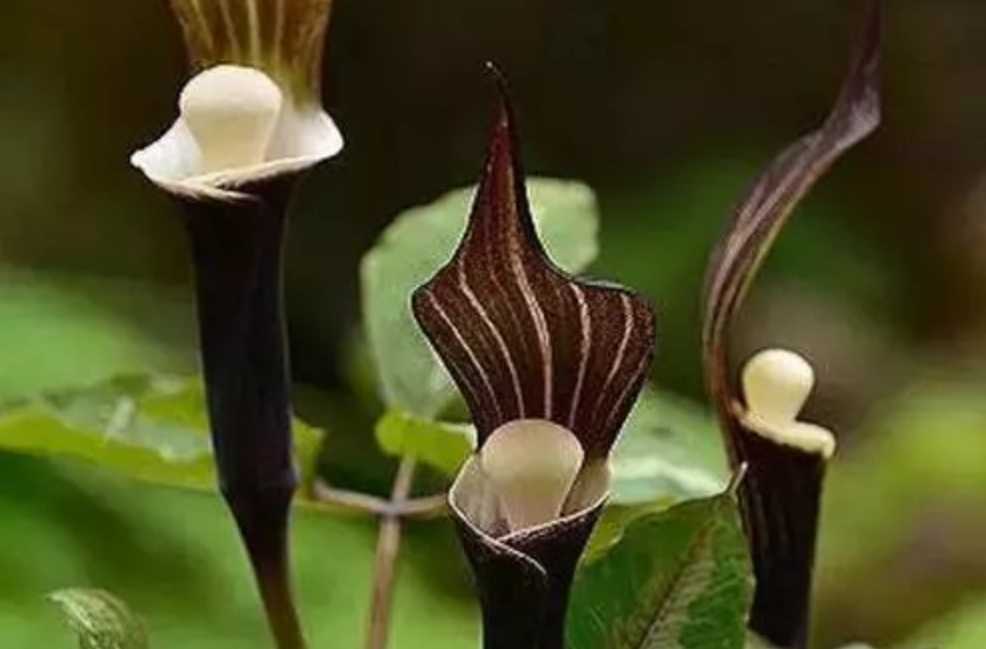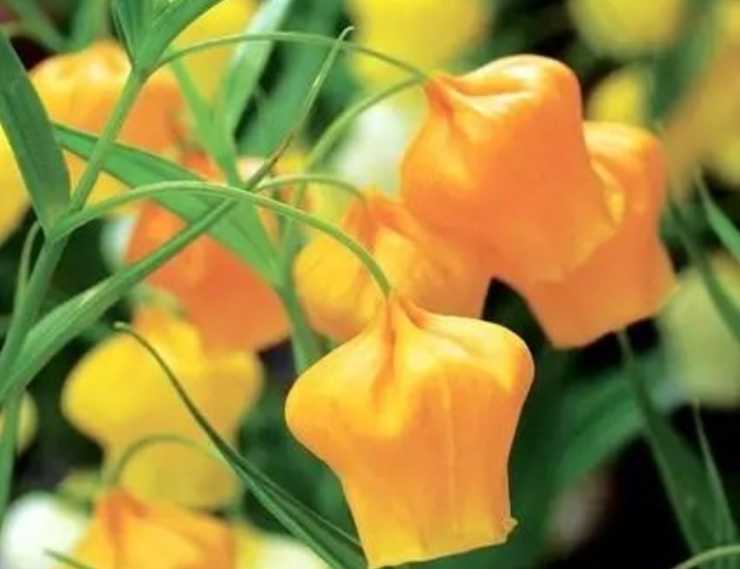
Snow Cake Grass (Arisaema sikokianum), a unique and enchanting plant, is native to the Kansai and Shikoku regions of Japan. It has become a symbol of natural beauty and ecological significance in the country.
This perennial tuberous plant is renowned for its distinctive appearance. The purple-brown bract tube resembles a pottery master's hand-pulled embryo, with a milky white throat. The most striking feature is the waxy appendage in the center, which looks like an inverted jade bowl, with ice-like crystals on the surface and a mother-of-pearl sheen when sunlight passes through. Its two bird's-foot-shaped lobed leaves emerge from the tuber, with radial parallel veins that can divert rainwater to the roots during heavy rains, like a miniature water conservancy system.
Snow Cake Grass is highly valued for its various properties. In traditional Japanese medicine, as recorded in "Wakan Sansai Zue", the tuber pulp can be applied externally to reduce carbuncles and swelling, and the decoction can be taken orally to relieve joint pain. In 2024, Tokyo University of Pharmacy and Sciences discovered that it contains derivatives of arisaema alkaloids, which can target and inhibit the mitochondrial metabolism of cancer cells. Moreover, it has significant ornamental value. Kyoto's Ryoanji Temple has incorporated it into its dry landscape garden, with the white "snow cake" lying among the moss and stone crevices, echoing the Buddhist principle of "one sand, one world".
However, Snow Cake Grass is facing severe threats. Due to deforestation and illegal digging, the population of Snow Cake Grass in Nara's Yoshino Mountain has decreased by 60% in ten years. Conservation efforts are underway to protect this precious plant, including measures such as habitat protection and artificial cultivation to ensure its survival and reproduction for future generations to appreciate its beauty and value.




